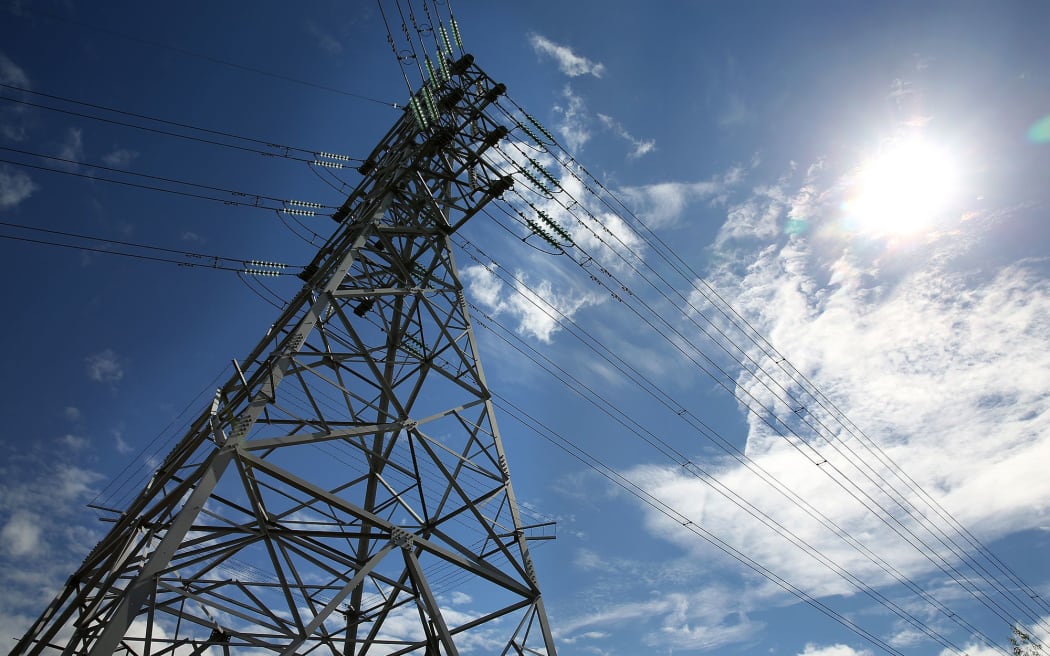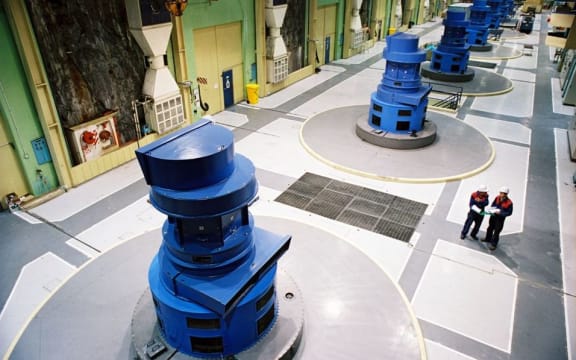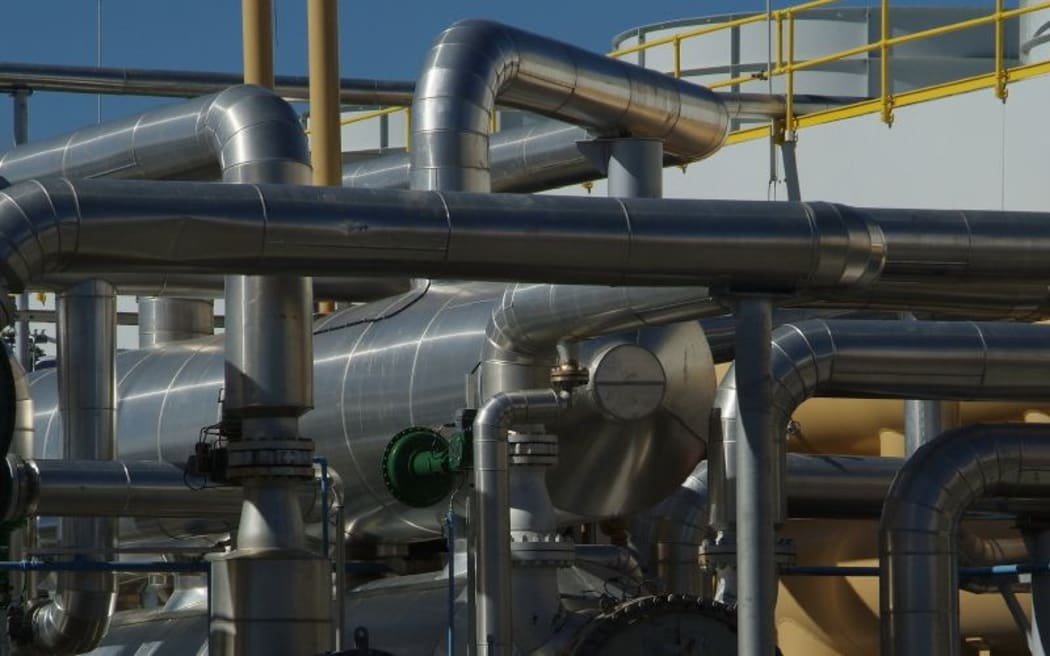New Zealand electricity companies are cruising into winter relatively unfazed by low water levels in hydro lakes.

Photo: RNZ / Diego Opatowski
Changes to the rules of the industry and heavy development of geothermal energy have given household electricity users a buffer against dry weather that they did not have in the past.
As much of New Zealand continues to enjoy an Indian summer, the dry conditions mean New Zealand's hydro lakes have only two-thirds of the water they usually have at this time.
Not much water is flowing in to replenish them - only 70 percent of the seasonal average.

Manapouri hydro station. Photo: MERIDIAN ENERGY
A decade ago, this would have produced a crisis: cabinet ministers would appeal to the public for restraint, and large companies would sometimes shut down rather than pay sky-high prices for their electricity.
This year, most think there will be enough electricity to get householders through winter.
Forsyth Barr energy analyst Andrew Harvey-Green attributes this to the presence of far more electricity generating capacity than previously and flat demand since 2008.
Another expert, Taranaki energy journalist Neil Ritchie, said gas-fired power stations were better able to pick up the slack than previously, and could respond to a fall off from other power suppliers in just a few minutes.
Meanwhile, official statistics show the boom in geothermal electricity is also helping.
In six years, more than $2 billion was invested in geothermal electricity, doubling its capacity to over 1000 megawatts.
And since the earth's core is always hot, electricity can be constantly produced using geothermal tools, no mattter what the weather.

Pipework at Ngawha geothermal power station. Photo: TOP ENERGY


